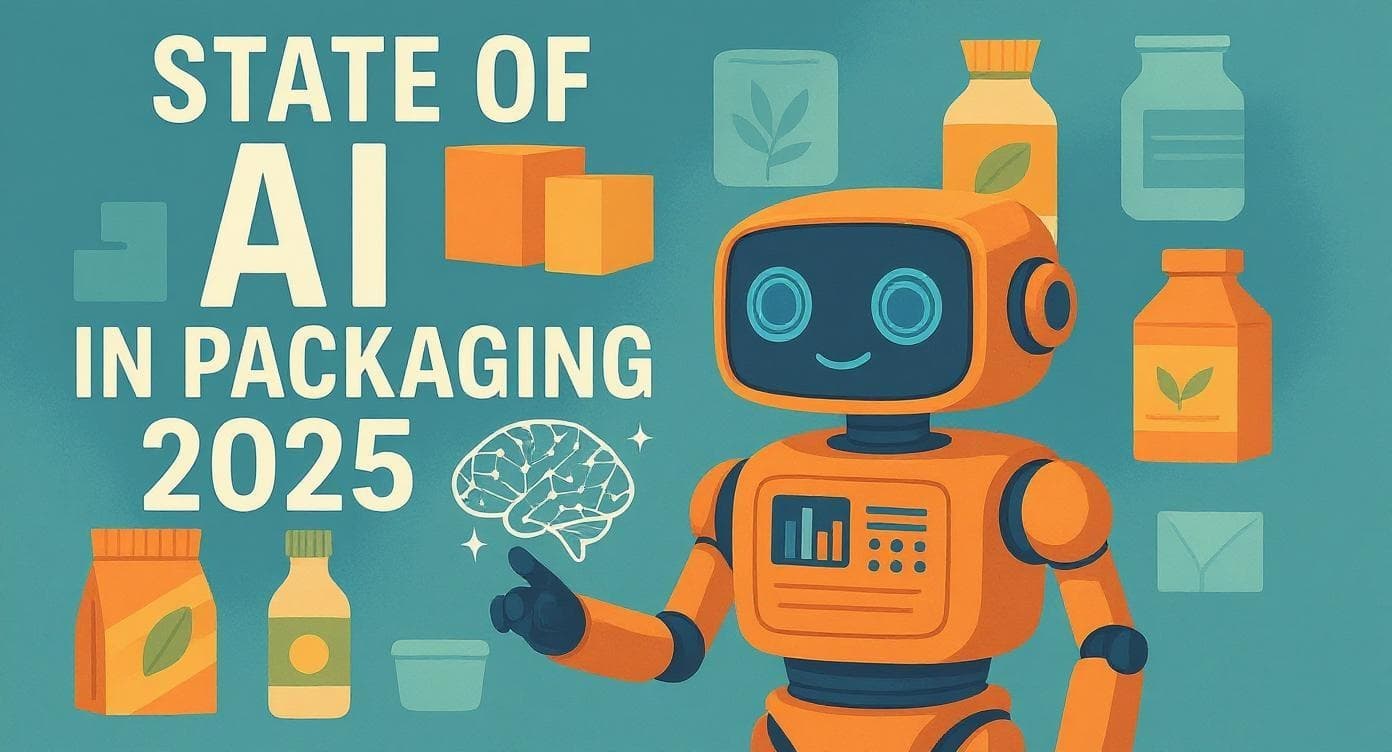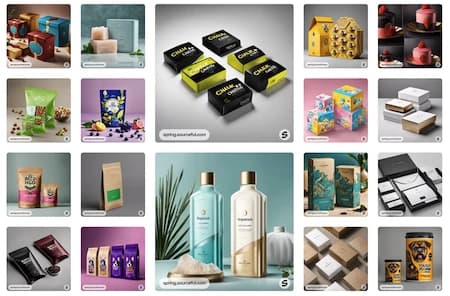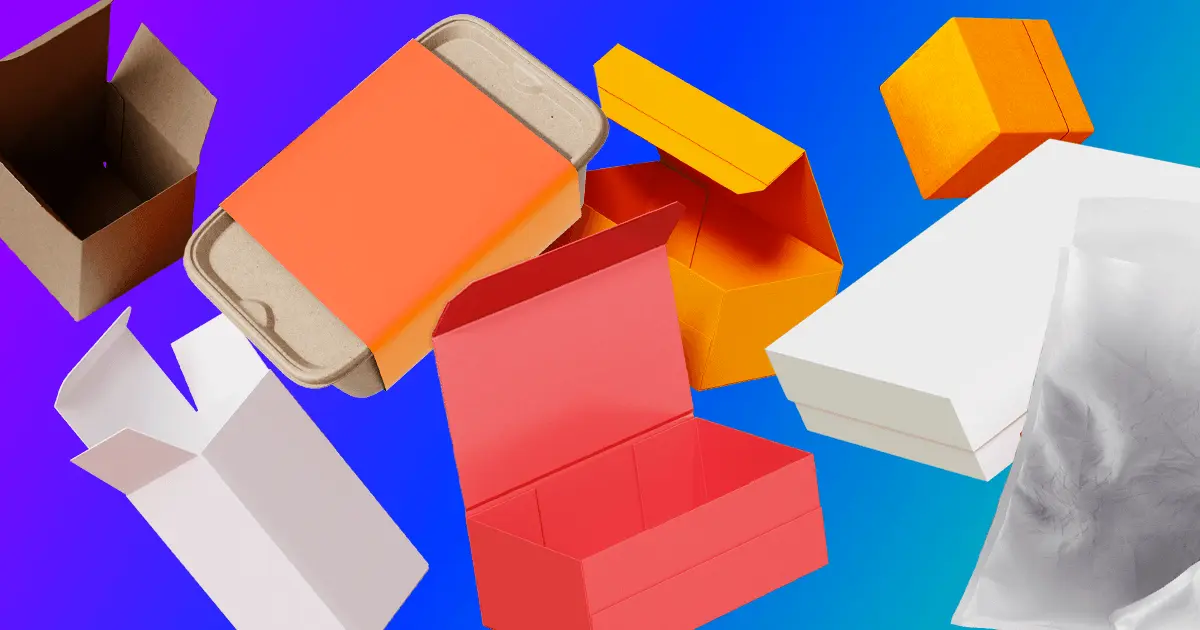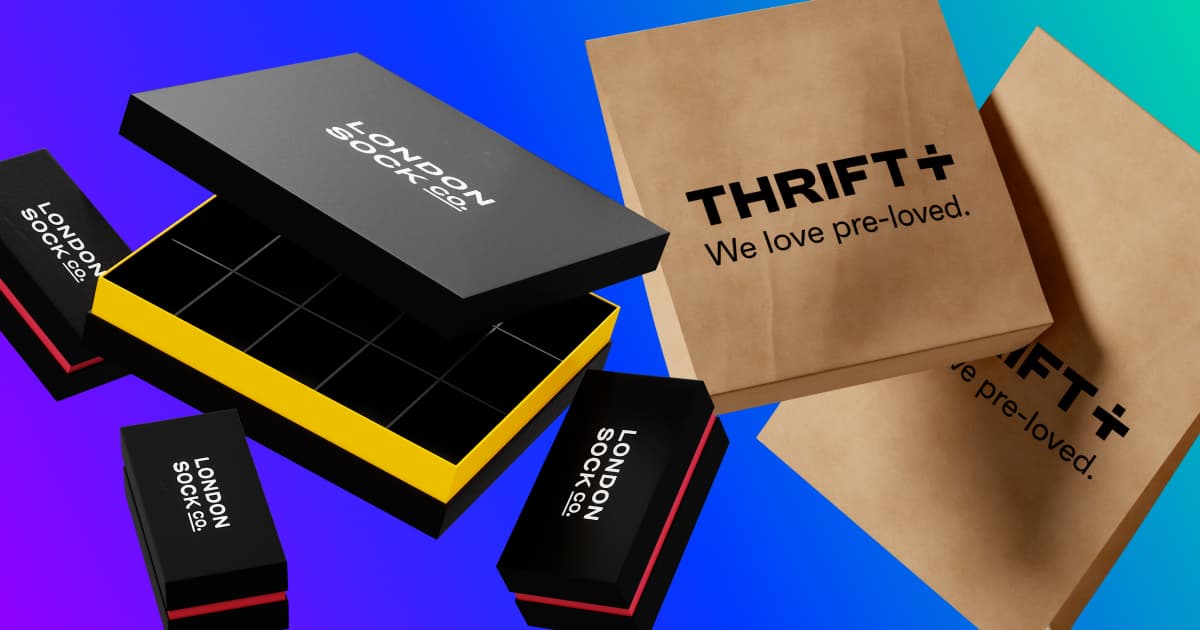Blog Post3 simple strategies for more sustainable packaging
- Design
- Materials
- Sustainability
Chris OvalleOctober 2, 2023 - 5 min read

Sustainable packaging is packaging that's made to have the smallest environmental impact possible. And most people think that more sustainable materials are the answer. You might, for example, choose a recycled plastic mailer bag instead of a traditional plastic mailer bag. Or you might switch a bubble wrap-lined mailer for a honeycomb mailer bag. Whilst this is a great (and important) step, this approach mostly focuses on what your packaging is made from. In other words, it doesn't consider who will use your packaging and how they will use it.
Addressing both packaging materials and use is crucial to achieving more sustainable packaging. In doing so, you can reduce packaging waste and carbon emissions across the product life cycle, and often reduce your packaging costs at the same time. Here are three simple strategies for more sustainable packaging.
1. Minimise packaging materials
One of the easiest strategies for more sustainable packaging is to use less of it. This could mean reducing the number of items in a bundle or it could mean using thinner materials. Either way, less packaging means fewer materials across the product life cycle, fewer carbon emissions from producing those materials, less space needed when shipping and ultimately less packaging waste. And all of that means a smaller carbon footprint for your business.
Whilst minimising materials may require you to review your packaging design, the benefits aren't just for your environmental impact. Less packaging also means fewer packaging costs for your business across raw materials, production, shipping and storage.
Using fewer materials to achieve more sustainable packaging, however, does come with a warning: doing so shouldn't make it redundant. If using less means your packaging doesn't function as it should, you could see more breakages and more returns. In turn, that could put a strain on your supply chain, increase your packaging costs and result in even more materials that will increase your environmental impact. In short, sustainability and function have to be balanced.
Read more: Discover how Floom reduced their packaging costs by 15%
2. Make recycling easy
Choosing recyclable packaging is one of the best packaging options to reduce your carbon footprint. And it's a vital milestone towards a circular economy. But opting for more sustainable packaging materials is only half of the equation. The other is making your new packaging easy to recycle, which is often done by your customers. Without clear information on how to recycle, it's likely they won't recycle your packaging, and it'll end up as packaging waste in landfill. In turn, you'll unwittingly contribute to climate change, instead of tackling it.
When it comes to helping your customers recycle, clarity is everything. Recycling symbols are useful, but they shouldn't be the only information on your recyclable packaging. In reality, recycling symbols without extra information (something the packaging industry is notorious for) is incredibly confusing for most consumers. In one study, only 44% of respondents correctly identified the universal recycling symbol.
What symbols need is information alongside them that clearly explains which materials are in your packaging, as well as guidelines on what to do with them. Material information is arguably the most important, since your customers, no matter where they are in the world, can then find out what to do with a specific material in their area. And that maximises the chance of your recyclable packaging actually being recycled.
As to guidelines, they should be just that. Anything too specific won't be accurate everywhere (especially if you ship internationally) and inaccurate recycling information can result in even more packaging waste. If you use plastic packaging, this waste is even worse for climate change.
Learn more: Why compostable packaging isn't the solution to plastic waste.
For the packaging itself, try to use one type of recyclable material where possible. If there's a mix of both recyclable and non-recyclable materials, it makes recycling much harder. Too many materials can also be confusing for customers, and as a result, they might simply throw everything in the bin, increasing your carbon footprint in the process. As for recycling facilities, they have to separate materials before they can recycle anything. If they can't because, for example, the packaging materials are completely bonded together, they won't.
If your packaging does need a variety of materials to function (food packaging is a common culprit), consider how they could be integrated without making it hard for others to split, sort and dispose of them correctly.
Not sure where to start with your food packaging? Let's talk
3. Plan for returns
You may think returns are just part and parcel of business, but they're also a critical part of your sustainability efforts and an opportunity to dramatically reduce your environmental impact. And with consumers returning 25% of items bought online, it's an opportunity you shouldn't miss.
If your packaging is only designed to reach the customer, its utility might end when they open the box. That's okay if the customer likes your product — they can then recycle or reuse the packaging.
But if they want to return your product, and they had to rip your box because it was tricky to open, that's a problem. Now, your box isn't fit for return, and your customer may need more packaging to send it back. They may even use single-use plastic packaging. Whilst this packaging might not strictly be yours, knock-on effects like this do curb your efforts to create more sustainable packaging and can put a dent in customer loyalty.
To avoid this, make it easy for customers to open your packaging with simple, instructional symbols, tear strips or perforated lines. And to make the journey back seamless, think about including return information (via a QR code or on the packaging itself) and double adhesive strips. The aim is to streamline your supply chain, prevent packaging waste and offer your customers a better experience.








